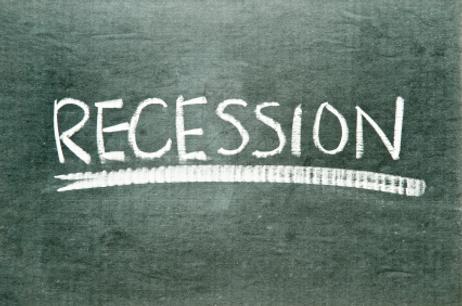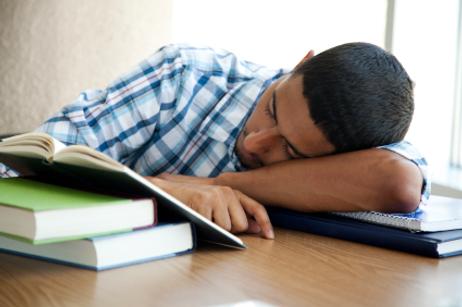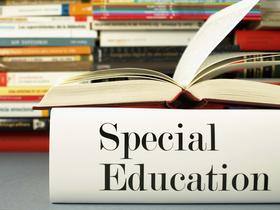While high school dances were originally established as an appropriate social outlet, dances today have evolved to push the limits of new boundaries. Current school leaders assert that the music played at dances is increasingly suggestive, while students’ dance moves have become more overtly sexual.
With the rise in questionable behavior and elicit dance moves at school events, many school leaders are banning dancing-based events, or in some cases, even prohibiting some students to attend. In an attempt to enforce modest conduct in co-ed interactions, schools are trying to navigate the fine line between students’ celebrations and misbehavior.
What’s the Big Dancing Debate?
While high school students may view their dancing and interactions as innocent and fairly commonplace, the observations through adult and school leaders’ eyes take in a much different understanding.
As SeaCoast Online News reveals in their examination of one local high school, the administration team of Exeter High School banned 19 of their students from a school-sponsored dance due to inappropriate dancing behavior. The dancing that was viewed by school leaders as offensive is commonly referred to as “grinding.” As SeaCoast explains, “This type of dancing, in which two dancers rub their bodies against each other in a sexually suggestive manner, has been a problem at the school for about a year.” Yet this problem is not solely an issue at just a handful of schools. According to school leaders, many administrators are beginning to ban specific songs during school dances in























